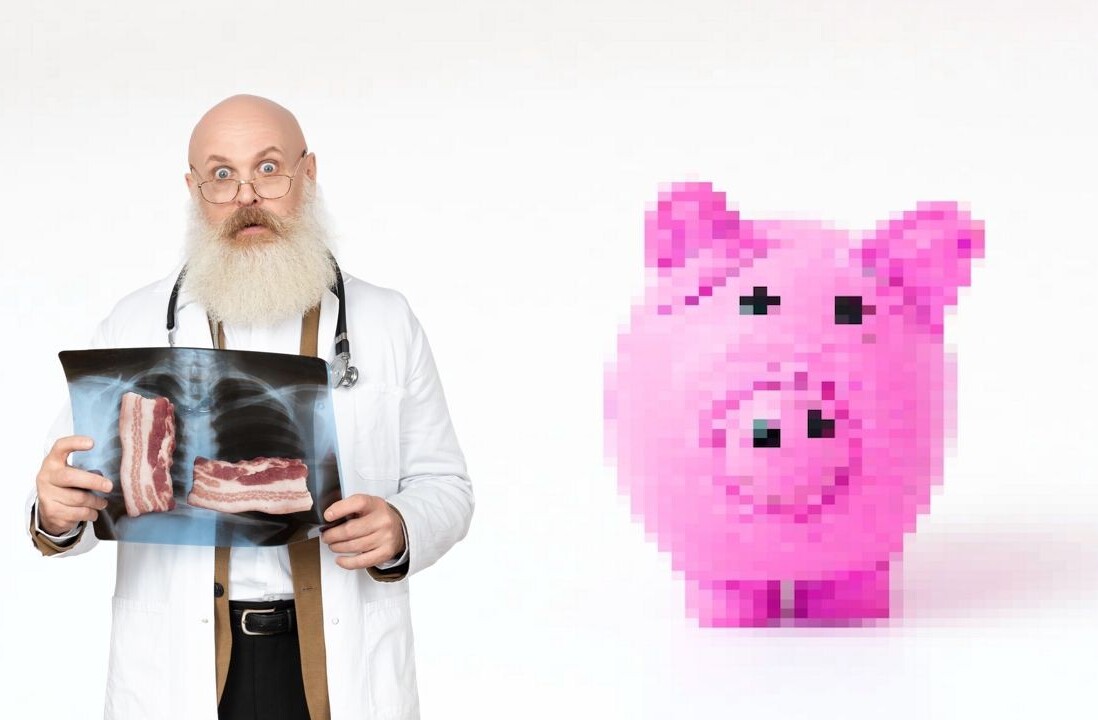

It is probably one of the most abused words in the technology industry: innovation. Some companies spend billions on it and hardly seem innovative and others seem to live and breath it. How can we get more and what exactly is it? Here are some tips on how to recognize it, use it and avoid it if necessary.
Is Innovation really what you need?
The very first thing you should look at is whether innovation is really what you need at this moment. Innovation is fun but maybe all you need to do is do more sales. I recently spoke to a start-up that was way to busy building new stuff. All very ‘innovative’. Unfortunately they were running out of funding quick and asked me for advice. They told me people loved their product, paid for it and told their friends about it. It was just that they themselves thought the product lacked exciting features, so they were adding those.
I asked them ‘But do your current clients love the product?’. Well yes, they answered. Me: “Then get out there and start selling what you have!!” Focusing on the future is nice as long as you don’t neglect the present. Take a very good look at your current product line and ask yourself a tough question: is more innovation really what we need right now?
It won’t be where you think it will be
The general consensus within companies seems to be that if you want innovation you hire some big thinkers who will come up with exciting new and innovation concepts for world domination. Costly, time consuming and, sorry, a recipe for disaster. World changing companies ‘happen’. They don’t start as the conclusion of a brainstorm session with a few expensive consultants. Apple didn’t start like that, the PC didn’t start like that and Google certainly didn’t start like that. More money does not equal more innovation.
So where can we find it?
Isaac Asimov once said “The most exciting phrase to hear in science- the one that heralds new discoveries- is not ‘Eureka!’ but ‘That’s funny…’.
Big breakthroughs in science (and innovation) generally come in the form of small, funny, side-projects. Find out what makes your customers, partners and employees smile. Is there one little pet project that everybody loves but doesn’t see the relevance of? Is there some part of your service that customers spend most time on which doesn’t seem like the first focus of your company? That is where innovation might occur.
How annoying!
But fun is just one source for inspiration. The other is more potent, easier to find and can be a great source of inspiration: annoyance. Is there one specific process that frustrates the hell out of your customers or employees? Well, if they are annoyed and you can take away that anger for $1 a month you might have a business there. Hear somebody cursing somewhere? Run over and find out what is bothering them.

Got it, now what?
When IBM was developing the first PC and got stuck in the process they asked a talented manager, Don Estridge, what the solution to their problem was. Would more people, money, resources help? They already had 1500 engineers working on it, would another 1000 be of help? Estridge had a different proposition: just 12 engineers, less than 100 million dollars, freedom from reporting for the next 10 months and he would deliver them the PC. They gave him what he asked for and 10 months later, within budget and with just a small team of people he delivered. The lesson? Innovation should be cheap, focused and small. Get one developer to work on something, maybe add a designer, but don’t go overboard until you have a working demo and the first person who uses it smiles and says ‘hey, that’s funny’
Conclusion
Innovation sucks. It sucks the life out of you and your company if you’re not careful. Spend your energy wisely, follow your gut feeling and get the joy into discovering something new.
Do you work in a big company? Part of an innovation project? Let me know what tools you use for inspiration and finding sources for innovation. I would be delighted to innovate on my own ideas. ;-)
Get the TNW newsletter
Get the most important tech news in your inbox each week.





